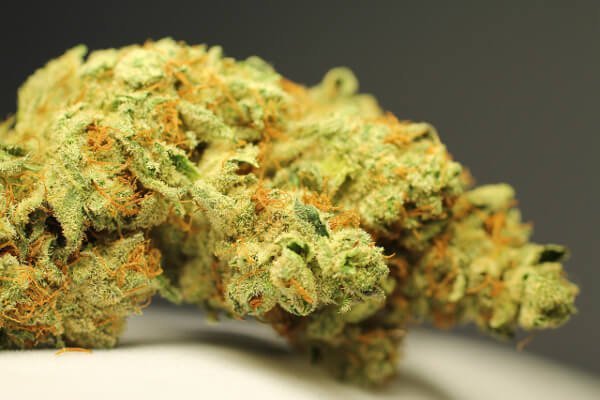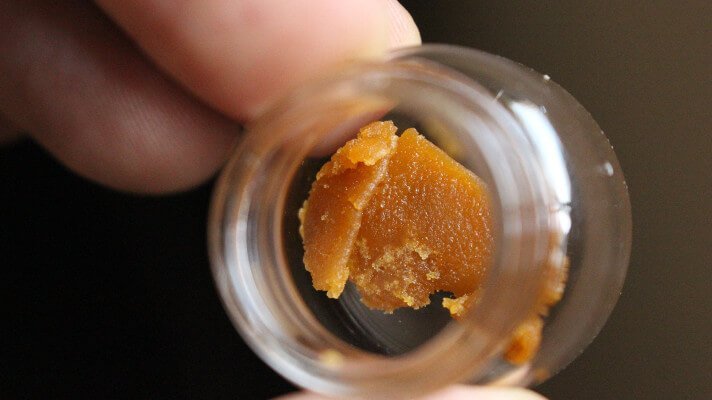Hash has long been considered a delicacy by cannabis enthusiasts around the world. But there are many differences between the Black Afghan that you find in a Dutch coffee shop and the BHO that you get with a North American issue point. In this article, we'll show you different types of hash from around the world.
Trichomes - the key to making any kind of hash
First things first; To better understand hash, you need to understand the cannabis plant. Female cannabis plants produce flowers that, if left untouched for a long time, will produce a thick, sticky resin. This resin is made from trichomes; tiny hair-like structures that look like crystals to the naked eye and like tiny glass mushrooms under a microscope.

Trichomes are the powerhouses that create the cannabinoids, terpenes and flavonoids that give cannabis its unique effects, aromas and flavors. Hashish is made by separating these trichomes from cannabis buds, trimming and concentrating them into a powerful extract.
Hand rolled live resin hash - Indian Charas and Nepalese temple balls
In India and Nepal, the locals make hash by rubbing live cannabis buds between their hands.

The Indian subcontinent is home to Cannabis Indica and one of the oldest forms of hash production. In India and Nepal, hash (or Charas, as the locals call it) is made by rubbing live cannabis buds between hands for hours. Eventually, the plant's trichomes form a thick, dark resin that is scraped together into balls or sticks with a creamy texture similar to that of chocolate truffles.
Dry Sift Hash - Black Afghan, Red Lebanese, Pakistani, Turkish Brick and Moroccan Pollen
Dry Sift hash is made by gently sieving dried cannabis buds and cutting through fine mesh screens. This gentle friction helps the trichomes separate into a fine powder known as kief. This kief is then pressed into blocks using different techniques depending on the production area.

In Afghanistan, for example, hashish (known locally as Chars) is made by mixing kief with small amounts of tea to form a type of dough that is kneaded over low heat until it turns a deep black color and a thick, smooth consistency resembling fudge .
Moroccan hash, on the other hand, is made by repeatedly pressing kief using only pressure and heat. Pakistani hash is made using a similar technique, although some Pakistani residents will incorporate their hash into dried sheep or goat skin to enhance the flavor.
Rosin Hash
Making rosin is easy. It simply means pressing dried cannabis buds with a lot of pressure and heat. The result is a clear, gold-colored extract free of impurities and great in flavor and potency.

Ice water or Bubble Hash
Bubble Hash (also called Ice Water or Ice-O-Lator hash) is very different from the hash varieties we mentioned until now. It's made by mixing frozen cannabis buds with water and ice, stirring that mixture to help separate the trichomes from the plant material, and finally running the water through several mesh screens. The result is a crumbly hash with a consistency similar to crystallized honey.

Bubble Hash can be very aromatic and flavorful as the cold temperatures used during extraction help preserve some delicate terpenes and flavonoids that can be lost in the presence of heat.
The Butane, Propane and CO2 Revolution: Shatter, Wax, Crumble and Budder hash varieties
Hashish isn't quite the same since people learned they could use solvents such as butane, propane and CO2 to extract massive amounts of cannabinoids and terpenes from marijuana. Today, these types of extracts, often sold under names like Shatter, Wax and Budder, completely dominate the cannabis market - especially in North America.

Hash made with butane, propane or CO2 must be disposed of with extreme caution, as the chemicals used in the extraction process can be toxic and extremely volatile. However, these new extraction methods are capable of producing some of the most powerful hash available. Some of the BHO (Buttane Hash Oil) sold in US dispensing points contains in some cases as much as 50% THC.
Sources including LeafScience (AND), MJPurePlayIndex (AND), Wikipedia (AND), Zeweed (AND)

